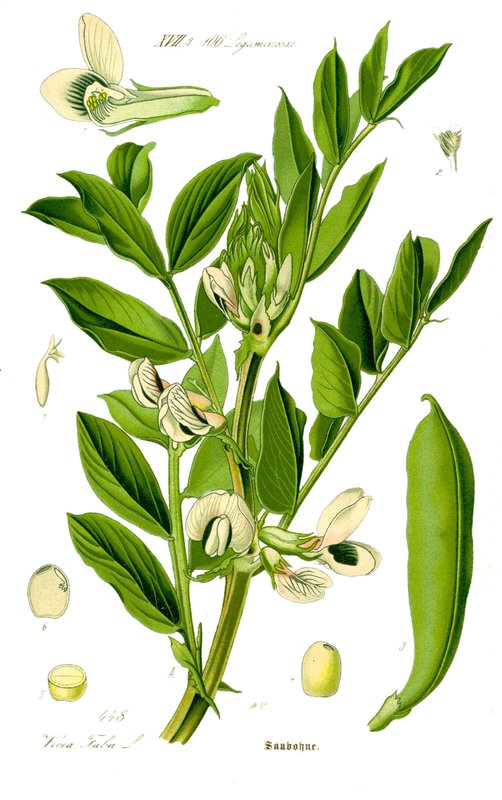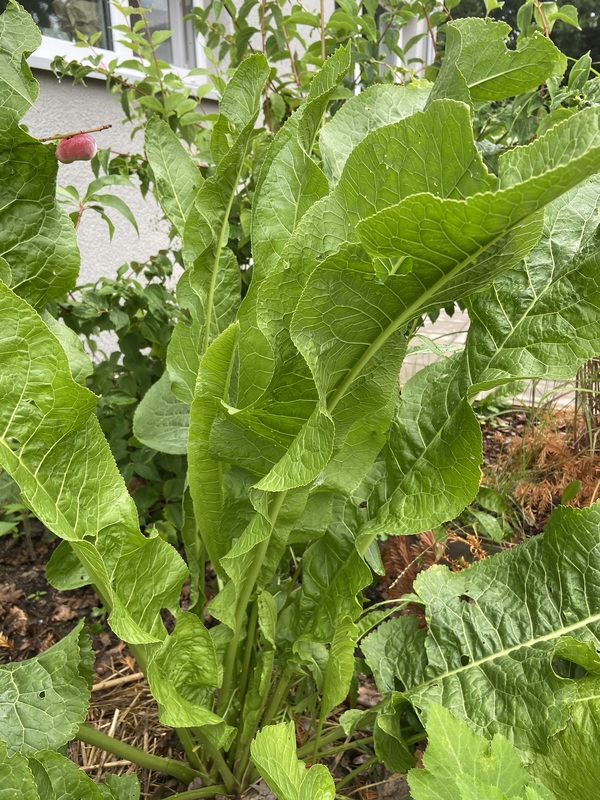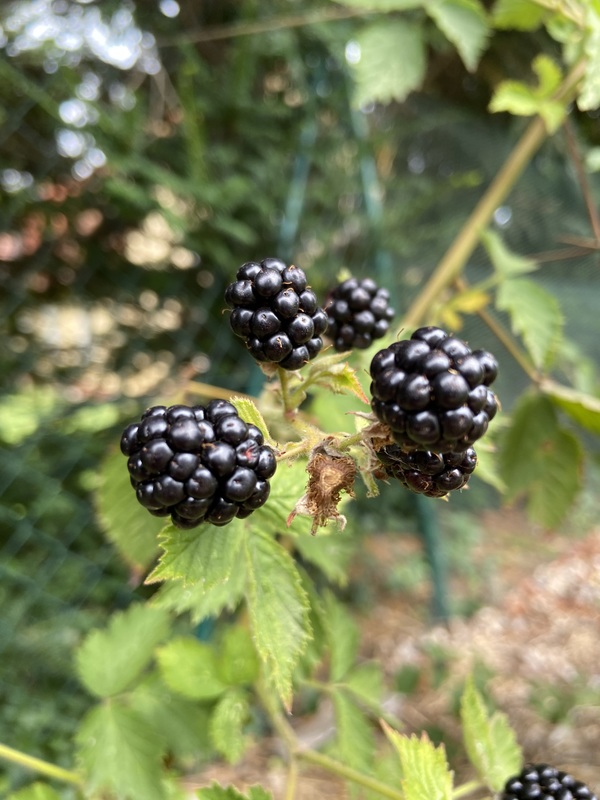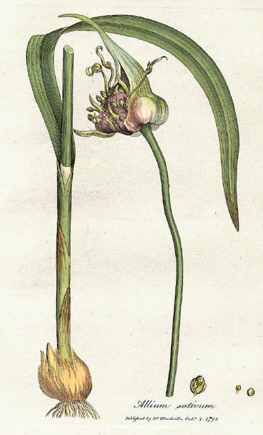Description
Crimson Clover is a herbaceous annual or biennial plant native to the Mediterranean region of Europe. It is a member of the legume family, Fabaceae. The plant has a characteristic clover-like appearance, with leaves divided into three leaflets and deep red flowers that bloom in the spring. The plant grows to a height of 20-60 cm and has a fast growth rate.
One way to differentiate Crimson Clover from other clover species is by its red flowers, which are unusual among clovers. Another way to tell it apart is by its growth habit: Crimson Clover tends to grow in a more upright, shrubby manner, while other clovers tend to be more prostrate or creeping.
Crimson Clover prefers well-drained, fertile soil and full sun to partial shade. It is a hardy plant that can withstand cold temperatures and is often used as a winter cover crop. To cultivate Crimson Clover successfully, a grower might need to prepare the soil by adding organic matter and ensuring the pH is between 6.0 and 7.0.
The leaves and flowers of Crimson Clover are edible and can be used fresh in salads or cooked like spinach. The plant is also a good source of nectar for bees and other pollinators. In addition to its culinary uses, Crimson Clover has a number of other uses. It is commonly used as a cover crop to fix nitrogen in the soil, and its deep root system makes it useful for erosion control. The plant is also sometimes used as a natural dye.
Overall, Crimson Clover is a valuable plant for gardeners and farmers alike. It is easy to grow and has a number of uses, both practical and decorative.




